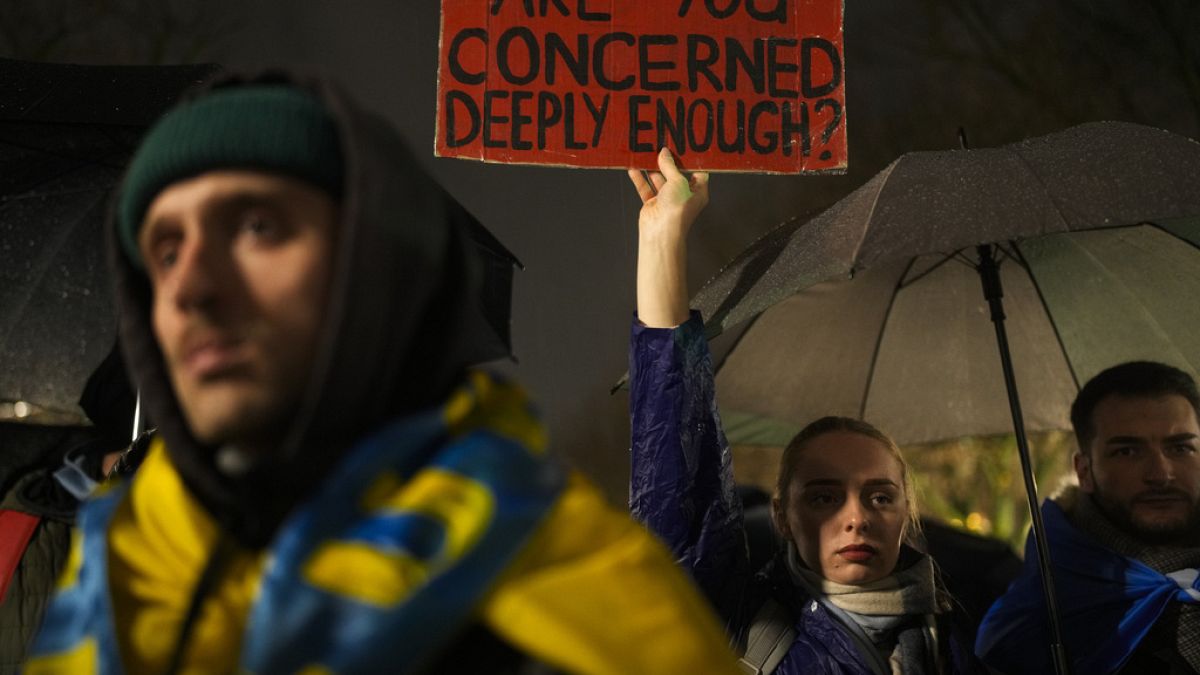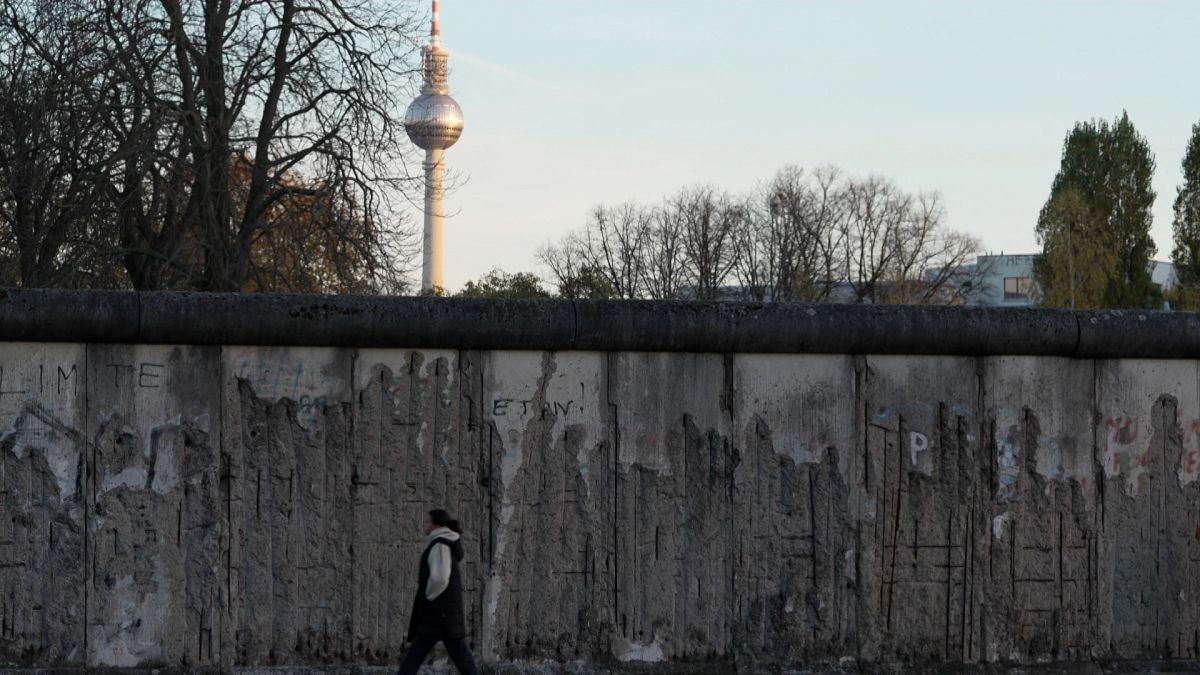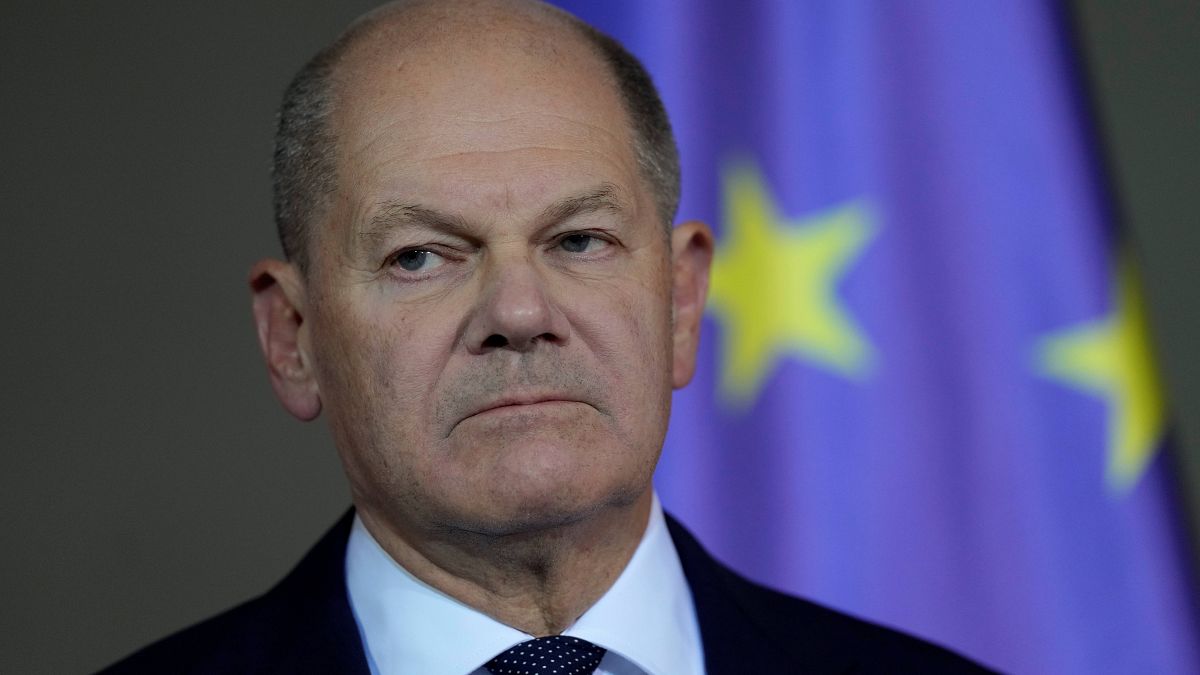Is the border-free Schengen Area about to unravel?

Recent developments in Germany and Hungary linked to irregular migration have cast serious doubts over the future of the Schengen Area.
Is the Schengen Area, the passport-free zone that binds together 420 million people and represents one of the most tangible and recognisable achievements of European integration, in the throes of death?
The question would have appeared radical a decade ago when the European Union was knee-deep in a financial crisis bending over backwards to salvage another of its greatest feats, the eurozone. Back then, Schengen was, if anything, a valued cushion to fall into to keep seamless trade going.
But the mass arrival of asylum seekers in 2015 flipped the political agenda upside down and pushed migration to the very fore, opening a volatile, embittered conversation where governments gave priority to short-term measures to placate a furious electorate. Austria, Hungary, Slovenia, Sweden and Denmark were among those citing the unprecedented influx of migrants as a reason to re-introduce temporary checks at their borders, shattering the illusion that Schengen was untouchable.
The COVID-19 pandemic dealt another blow to Schengen, with countries rushing to shut down borders in an attempt to contain the virus spread. Brussels thought that, once vaccination began and infections plunged, movement across the bloc would return to its normal state of seamlessness. The hope materialised, though not for long.
The end of the health crisis prompted a steady rise in migration flows towards the EU, putting the combustive subject firmly back on the table. Asylum applications reached 1.12 million in 2023, the highest figure since 2016, and local authorities, from the Netherlands to Italy, complained reception centres were being overwhelmed. Support for hard- and far-right parties grew at the polls and the once-unthinkable idea of offshoring asylum procedures to faraway destinations went mainstream.
It was against this backdrop that the German city of Solingen was the victim of a knife attack that left three dead in late August. The stabbing, claimed by the so-called Islamic State, was carried out by a Syrian national whose asylum application had been previously rejected with an order to return to Bulgaria, the first EU country of entry.
The failure to deport immediately reignited the migration debate: conservatives slammed the federal government of Chancellor Olaf Scholz and demanded solutions beyond conventional standards. Under pressure, Scholz promised a harder line of action and ordered the tightening of checks at all nine of the country’s land borders.
“We want to further reduce irregular migration,” Nancy Faeser, Germany’s interior minister, said this week. “To this end, we are now taking further steps that go beyond the comprehensive measures currently in place.”
Poland’s Prime Minister Donald Tusk denounced the announcement as “unacceptable,” calling it a “de facto suspension of the Schengen agreement on a large scale,” while Austria stressed it would not accept any migrant turned down by Germany.
In Brussels, the European Commission trod with extreme caution to avoid antagonising Berlin, the bloc’s most influential capital, and stuck to a legalistic response: under the Schengen Borders Code, member states are entitled to implement internal border checks to address a “serious threat, be it to the public policy or internal security, when this is necessary and proportionate.”
The reply was accurate but did little to dispel fears that Schengen might soon unravel.
The bleak feeling was further compounded by Hungary’s provocative threat to bus irregular migrants to Belgium in retaliation for a €200 million fine imposed by the European Court of Justice (ECJ), a plan that, if carried out, would amount to an unprecedented case of instrumentalised migration by one EU country against another.
Budapest is also under fire for expanding its National Card scheme to Russian and Belarusian citizens, which the Commission warns has the potential to enable sanctions circumvention and threaten the security of the “entire” Schengen Area.
From exceptional to commonplace
Internal border checks are, by nature, contrary to Schengen’s spirit, which is meant to be a sprawling area where controls have been abolished and citizens can travel hassle-free across 29 nations – in many cases, without ever showing their passports.
The groundbreaking project is underpinned by a collective effort to monitor external borders and ensure fair, diligent management of asylum seekers. Member states trust each other to do their job and apply the appropriate laws before letting someone in.
This logic has been publicly questioned by several member states, like Austria and Hungary, who argue the EU has, as a whole, failed to look after its external borders and has, as a result, become unable to handle irregular migration.
The Commission’s records show that, since 2006, member states have submitted 441 notifications to re-introduce border checks. Only 35 of them were filed before 2015. Currently, eight Schengen countries, including Germany, have checks in place.
The numbers challenge the assumption that border control “should be exceptional and used only as a last resort,” as the Schengen Borders Code says, and showcases the vast extent to which the option has been invoked beyond its legal six-month limit.
In a report released in April, the Commission identified the phenomenon as a “matter of specific concern” and called on countries to phase out temporary controls “towards a more sustainable joint management of common challenges.”
Member states have been traditionally reluctant to heed the Commission’s call in matters they zealously guard as national competence. The resistance to lifting border checks has been well-documented: in 2022, the European Court of Justice ruled that Austria had illegally extended its controls with Hungary and Slovenia. Nevertheless, Austria continues to apply them, using various reasons to justify the extension.
But the legality of border checks is not the only element under scrutiny – their effectiveness in curbing irregular migration is also debatable. Despite the headlines they generate, these checks are enforced with varying degrees of intensity and thoroughness.
“I doubt these (Schengen) countries are willing to remove their border control in the near future due to the signal it would send,” Dr Saila Heinikoski, a senior research fellow at the Finnish Institute of International Affairs (FIIA), told Euronews.
“The checks are often random and not very invasive, and I think they are maintained also for symbolic purposes: showing citizens, other EU countries and potential migrants that there is an exceptional situation in Europe that the government is tackling,” she added.
Still, member states cling dearly to this “last resort.” Early this year, they gave the final approval to a reform of the Schengen Borders Code that broadened the legal limit of border controls from six months to two years, which can be prolonged twice for an extra six months if the country argues the security threat persists.
The changes also contain provisions to cope with health emergencies and combat instrumentalised migration that further expand national powers to monitor movements, including by reducing the number of crossing points. Notably, countries are encouraged (but not compelled) to employ “alternative measures” before opting for border controls.
The German decision, taken after the revision entered into force, demonstrates the appetite for these “alternative measures” remains low and that go-it-alone approaches will most likely continue to reign supreme. After all, the Schengen Area is a made-up construct that was built by political will and can be twisted and turned in the same way.
“We should not forget that Schengen originated in an intergovernmental agreement and that the history of Schengen is intimately connected with that of the EU asylum system, and is therefore centred in a logic of security-oriented border controls,” said Alberto-Horst Neidhardt, a senior policy analysis at the European Policy Centre (EPC).
“Schengen is not on the point of death,” he added. “But recent events also show that the idea that recently introduced reforms could preserve the borderless area as such was an illusion. The future of Schengen will likely continue to be marked by a high degree of malaise and uncertainty.”
Source: Euro News















